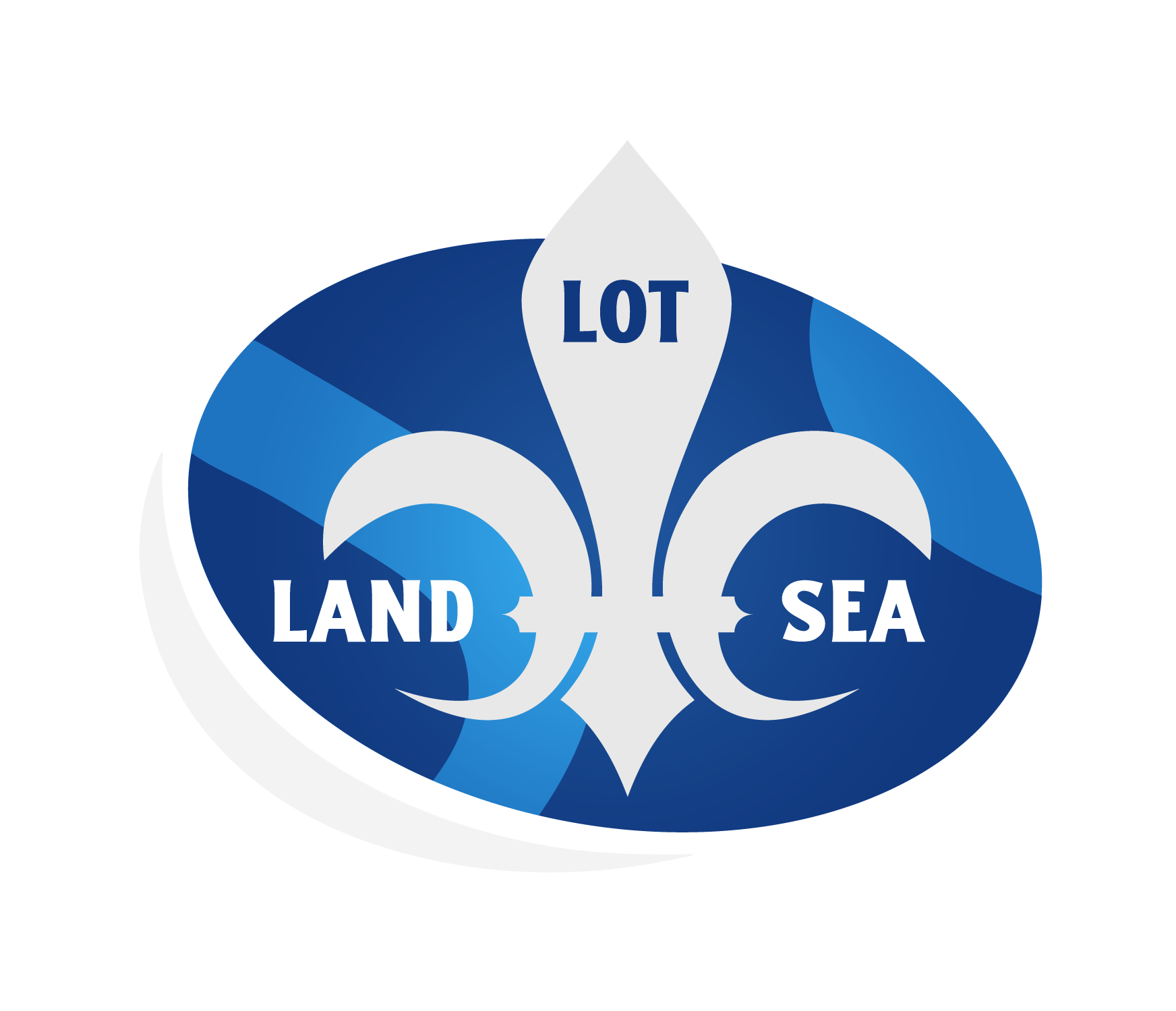LandSeaLot is a four year Horizon Europe funded project that will apply novel approaches to help achieve the goals of the EU Mission “Restore our Ocean and Waters by 2030” and the wider objectives of the EU Green Deal.
The 20 partner consortium will work to bring together the fragmented land-sea interface observation communities across various scientific domains to co-design and develop an integrated, optimal, and robust observation of the land-sea interface.

Coastal regions sustain dense populations and vital economies, hosting a multitude of activities in the land-sea interface (LSI). However, this prosperity comes with its own set of challenges. Balancing conflicting interests and uses, such as fisheries, aquaculture, energy production, tourism and transportation, is key to maintaining the delicate ecological balance of these regions, thereby allowing coastal communities to thrive. Land-sea interface observations of both salt and fresh water systems play a key role in supporting the generation of science-based knowledge needed to inform decisions, enable communities to evaluate trade-offs, discuss desirable futures, and take action.
Adding to existing pressures, the resources produced in coastal regions and shelf seas are expected to increase dramatically, e.g., as much as six times for food and 40 times for energy. The need to reconcile ecosystem restoration, biodiversity conservation and climate adaptation with the increasing demand for energy, food and bioresources from the sea is more pressing than ever.
Recognizing the potential of the land-sea interface to enhance biodiversity, promote carbon sequestration, and strengthen climate resilience in coastal regions, the Horizon Europe project “LandSeaLot” aims to harness this potential by conducting thorough studies of the land-sea interface, where terrestrial and marine habitats meet. This will be achieved through integrating and enhancing existing coastal observation efforts -including in-situ, satellite, modelling and citizen science.

Bring together the best existing scientific expertise in various domains to co-design a strategy on how to observe the land-sea interface, engaging with all key stakeholder groups.

Seek better integration and collaboration between communities working in the land-sea interface, linking in situ observations and citizen science with satellite observations and models.

Expand the number of in situ observations, using low-cost observation technology.

Generate new observational data and integrated information products will be made FAIR (Findable, Accessible, Interoperable, and Reproducible) through their assimilation into European Initiatives such as EMODnet and Copernicus services and to the observation component of the European Digital Twin of the Ocean (i.e. A European initiative to develop a digital replica of oceanic systems and processes).
“We look forward to the output of LandSeaLot in terms of improved process understanding, monitoring and prediction capabilities for a wide range of phenomena impacting coastal populations”



LandSeaLot has received funding from the European Union’s Horizon Europe Framework Programme for Research and Innovation under grant agreement No 101134575. Views and opinions expressed are however those of the author(s) only and do not necessarily reflect those of the European Union or European Research Executive Agency. Neither the European Union nor the granting authority can be held responsible for them. UK participants in Horizon Europe Project LandSeaLot are supported by UKRI grant numbers: 10109592 University of Stirling and 10107554 Plymouth Marine Laboratory.
©2024 LandSeaLot | Privacy Policy | Cookie Policy | Website by Seascape Belgium
To provide the best experiences, we use technologies like cookies to store and/or access device information. Consenting to these technologies will allow us to process data such as browsing behavior or unique IDs on this site. Not consenting or withdrawing consent, may adversely affect certain features and functions.